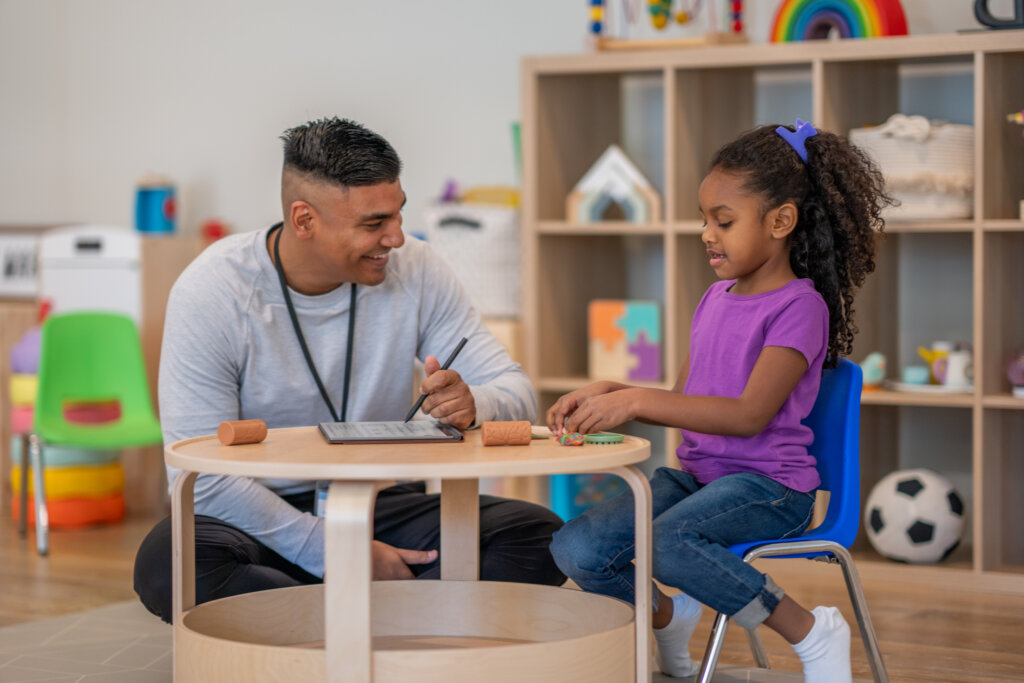Memory is an important part of building a solid foundation for learning, both in the classroom and beyond. Having a great memory can help your child do better in school, perform well on tests, and achieve better grades.
But sharp memory skills aren’t something that people are born with—these skills develop and improve the more they are used. Like any other skill, practice makes perfect.
In order to become a master of memory, it’s important to make sure your child is regularly working his or her memorization muscles.
Improving Working Memory For Students
An effective memory breaks down into two parts:
- Short-term memory
- Long-term memory
Short-term memory helps students process and recall new information so they can tackle the task at hand.
This information is transferred to a student’s long-term memory, where it helps him or her develop a deeper understanding of a topic.
Students who struggle with memory usually have trouble organizing information and developing a meaningful understanding of a topic. This can cause children to fall behind in class, leading to ongoing struggles in the classroom.
The good news is that there are a number of memory strategies for children that you can use to help improve your child’s short-term and long-term memory.
11 Ways To Improve A Child’s Memory
Use these 11 exercises and tips to help boost your child’s memory power.
- Encourage questions
- Create rhymes and songs
- Make learning exciting
- Encourage active learning
- Use visual aides
- Have your child make his or her own examples
- Create mind maps
- Make a list of keywords for an idea or subject
- Ask your child to teach you
- Use all the senses
- Break information into smaller chunks
Understanding a subject is the first step to being able to remember the material. Encouraging your child to ask questions helps ensure he or she is developing a deeper comprehension of the topic. This also helps students develop critical thinking and problem-solving skills.
Help your child make a rhyme, poem, or song from the information he or she is learning. Our brains are wired to remember music and patterns, so using music or rhymes can help your child improve his or her memory and recall.
Encourage your child’s enthusiasm of learning by taking a trip to the library to check out books or videos on different subjects. You can also visit a museum or art gallery. If your child is interested in the material he or she is learning, it will be easier to remember it in the future.
Make learning more engaging for your child by having discussions about different topics, asking your child what he or she thinks. This encourages students to keep the information in their minds long enough to answer questions about it, helping them develop critical thinking skills while improving memory power.
Encourage your child to use visual aides to help him or her remember information that has been recently read or heard. Create flashcards that include words or images—these can be used for matching exercises or to practise word definitions.
When your child creates his or her own examples by relating it to his or her personal experiences, it makes processing the material much easier. Connecting material in a meaningful way helps your child remember the information.
Create a mind map of various ideas and how they relate to each other. Building connections between words and topics helps children actively engage with the material and develop a deeper understanding, which is an important part of memory.
Create a word list and use it to build associations between each of the words and concepts. The more distinct the associations, the easier they’ll be for your child to remember.
Encourage your child to explain the information he or she is learning to you (or a sibling or friend). Make it a challenge to see how much he or she can remember. Then go back and review any of the material your child was unsure about.
Take a multisensory approach to learning by using sight, touch, and sound—read aloud, have a conversation, and use props. This helps engage your child with the material in more than one way, making it easier to connect with the material.
Bite-size amounts of information are easier to remember than tackling a lot of material at once. Start small with the basics and build comprehension from there. Organize the information with headings, lists, and colours to make it easier for your child to recall later.
Use these tips and exercises to help boost your child’s memory so he or she can become an even better learner. For even more memory tips, check out these 5 memory tricks the pros use.




